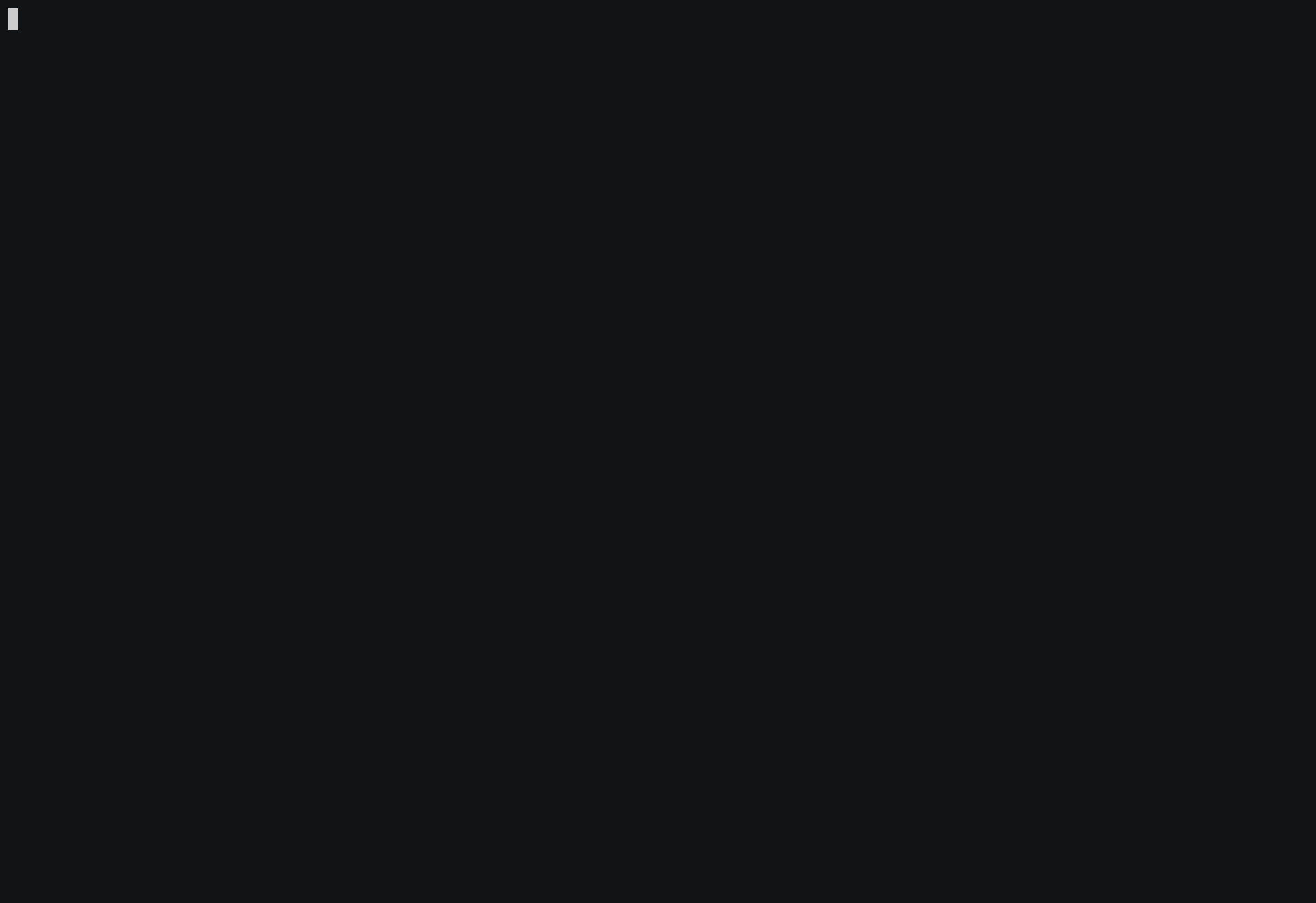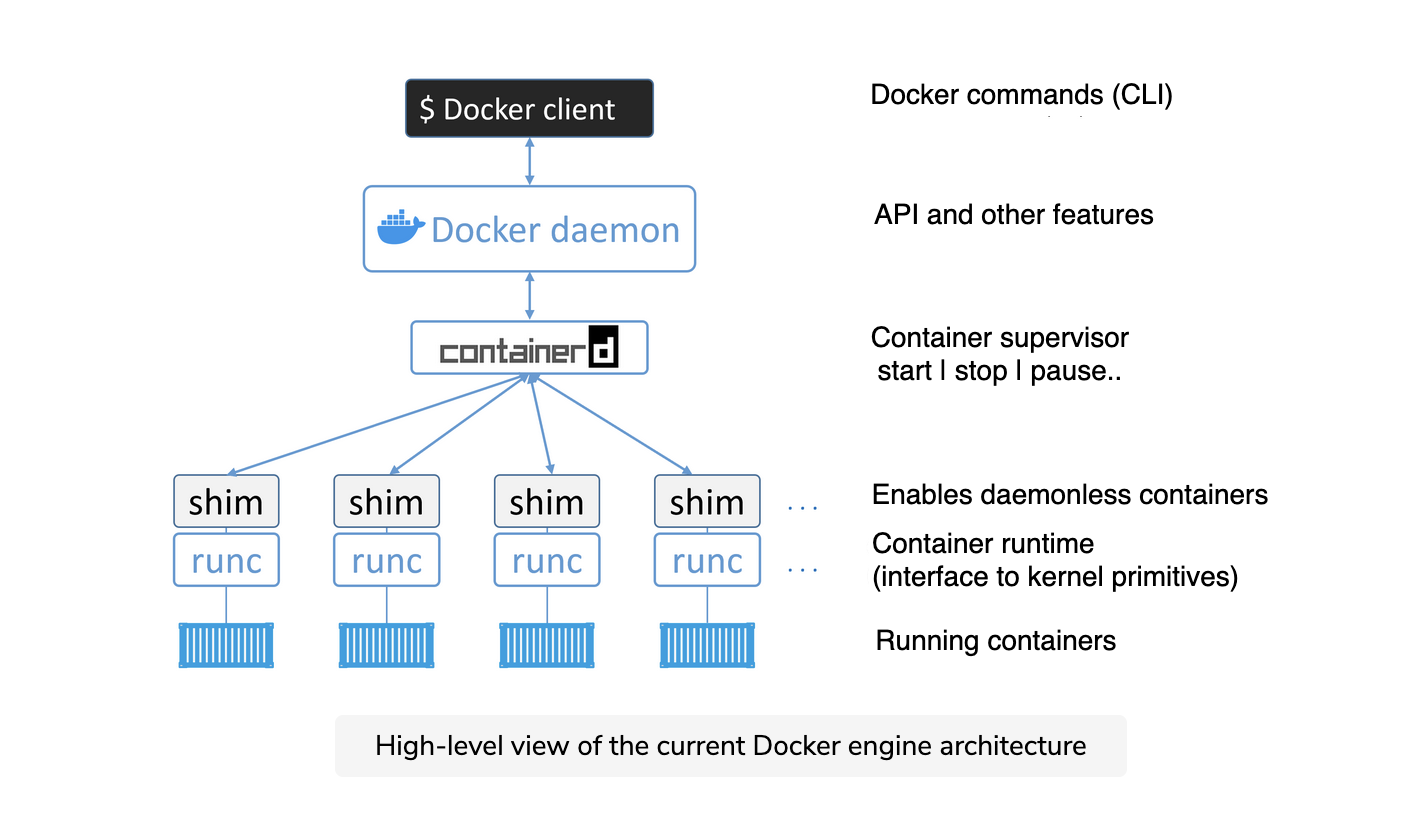Docker Technology
Major components:
1. The runtime
The runtime operates at the lowest level and is responsible for starting and stopping containers (this includes building all of the OS constructs, such as namespaces and cgroups).
- runc -> low level runtime (one per running container). Interface with the underlying OS and start and stop containers
- containerd -> high level runtime. talks to runc instances. It manages the entire lifecycle of a container, including pulling images, creating network interfaces, and managing lower-level runc instances.
2. The daemon (a.k.a. engine)
- dockerd -> The Docker daemon (dockerd) sits above containerd and performs higher-level tasks, such as exposing the Docker remote API, managing images, managing volumes, managing networks, and more.
3. The orchestrator
- Docker swarm -> Docker also has native support for managing clusters of nodes running Docker. These clusters are called “swarms” and the native technology is called “Docker Swarm.” Most people are choosing to use Kubernetes instead of Docker Swarm.
docker daemon(engine) - implements the runtime, API, and everything else required to run Docker.
docker client
Docker Image
A docker image contains enough of an operating system (OS), as well as all the code and dependencies to run whatever application it’s designed for.
1
2
docker image pull ubuntu:latest
docker image ls

Building docker image

Docker Container
1
2
docker container run -it ubuntu:latest /bin/bash
docker container ls
Docker engine architecture

References
Educative - Course by Nigel Poulton
